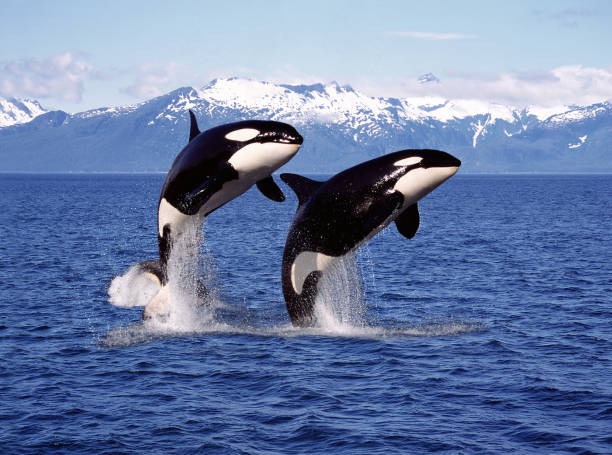Why Dolphins and Orcas Can Never Return to Land
Pelagic ProblemsWe often marvel at how intelligent and social dolphins and orcas are, but did you know their bodies have changed so much that they can never live on land again? A recent study confirms it: these marine mammals have crossed an evolutionary point of no return.
Millions of years ago, the ancestors of dolphins, whales, and orcas actually lived on land. Over time, some of them moved into the water and evolved to survive in the ocean. Today, they’re fully aquatic, and scientists say that there’s no going back.
This is an example of Dollo's Law, which says that once animals evolve in a certain direction, especially in complex ways, they usually can’t "reverse" those changes.
Dolphins and orcas have developed specialized traits for life in the water:
- Limbs became flippers for swimming
- Nostrils moved to the top of their heads to form blowholes
- Their bodies became streamlined, like torpedoes
- They lost their hind legs entirely
- Their bones and muscles changed to allow deep diving and holding their breath
These changes are so extreme that walking on land again just isn't possible. Their skeletons and body systems are now too specialized for life underwater.
Because dolphins and orcas can't go back to land, they’re completely dependent on the ocean for survival.
That makes them especially vulnerable to:
- Pollution
- Climate change
- Noise from ships
- Habitat destruction
Protecting the ocean is critical because there is no "Planet B".
Dolphins and orcas didn’t just choose the ocean, they became part of it. Their journey from land to sea shows how powerful evolution is, and how fragile that success can be when ecosystems are at risk.
Dolphins and orcas are reminders that some paths in evolution have no U-turns, and that makes protecting their ocean home more urgent than ever. From reducing single-use plastics to supporting clean energy and sustainable seafood, every small choice adds up.
Whether you're skipping plastic straws or choosing reef-safe sunscreen, you're helping preserve a world where these incredible animals can continue to thrive. The ocean may be vast, but its future depends on what we do today, on land.
Citations:
-
The Royal Society. (2024). Body plan transformation and irreversible evolution in cetaceans. Proceedings of the Royal Society B: Biological Sciences.
https://royalsocietypublishing.org/doi/10.1098/rspb.2024.0167 -
Indian Defence Review. (2024, May 7). It’s official: Orcas and dolphins have crossed the point of no return in their evolution to live on land.
https://indiandefencereview.com/its-official-orcas-and-dolphins-have-crossed-the-point-of-no-return-in-their-evolution-to-live-on-land/ - Thewissen, J. G. M., Cooper, L. N., Clementz, M. T., Bajpai, S., & Tiwari, B. N. (2007). Whales originated from aquatic artiodactyls in the Eocene epoch of India. Nature, 450(7173), 1190–1194.
- Uhen, M. D. (2010). The origin(s) of whales. Annual Review of Earth and Planetary Sciences, 38, 189–219.

